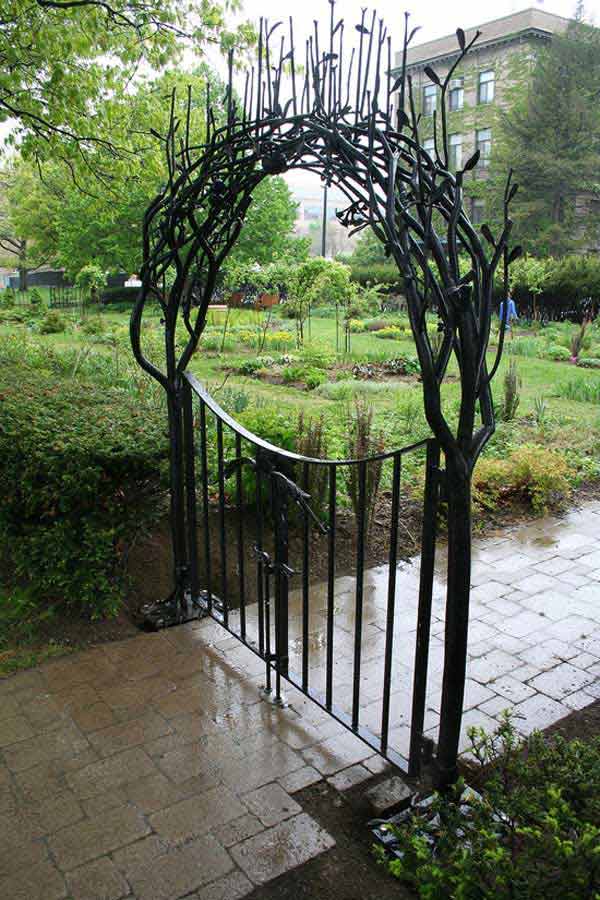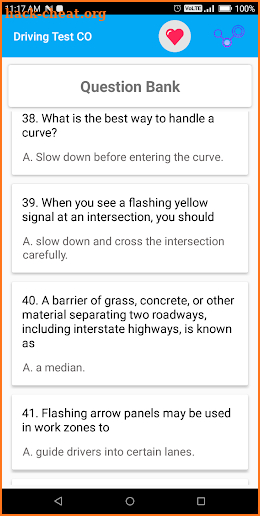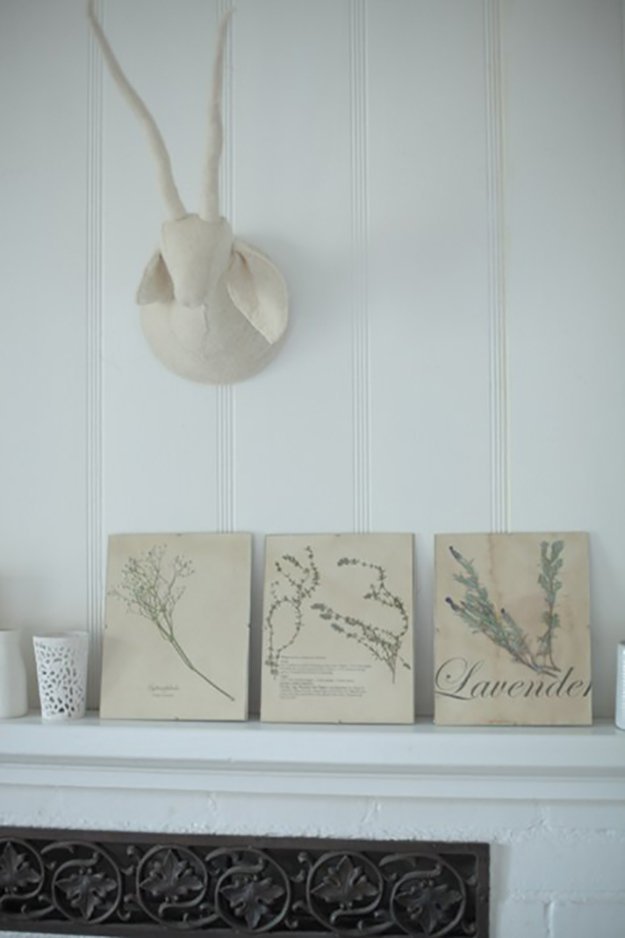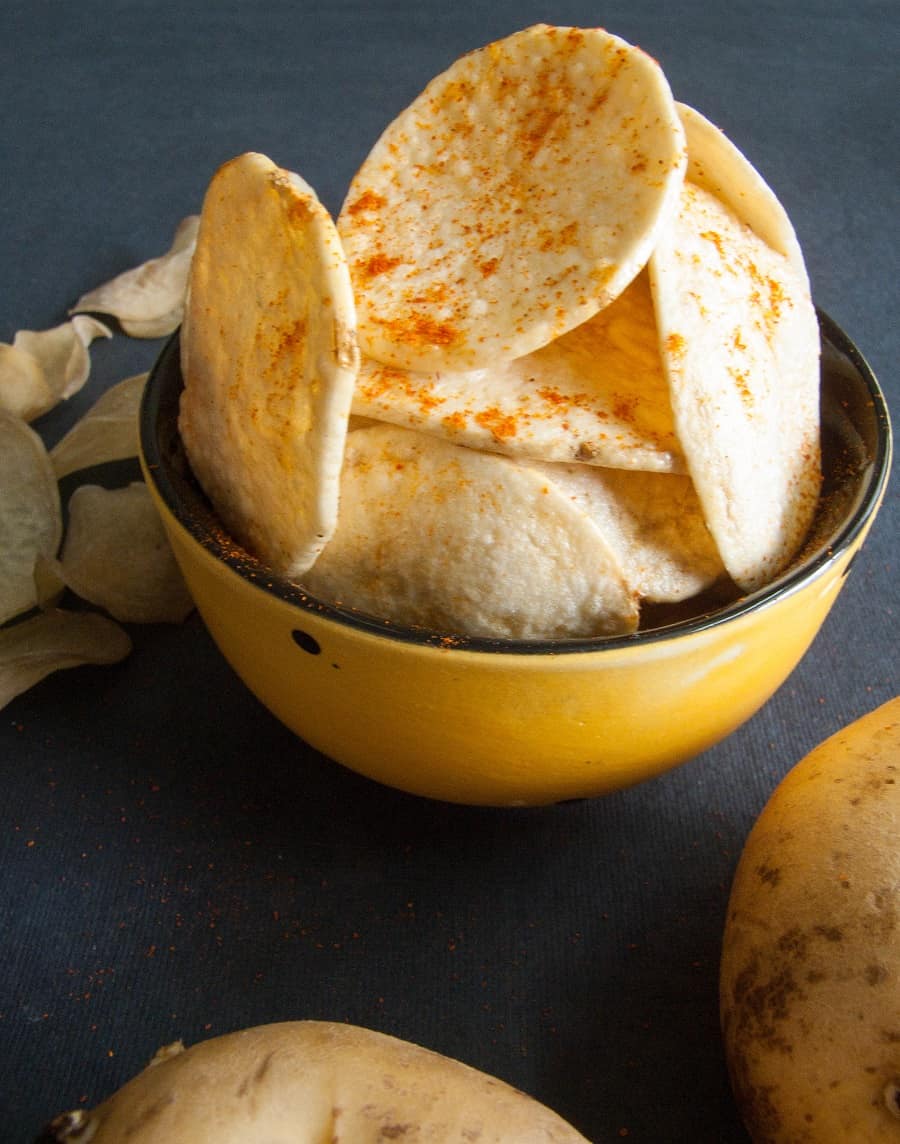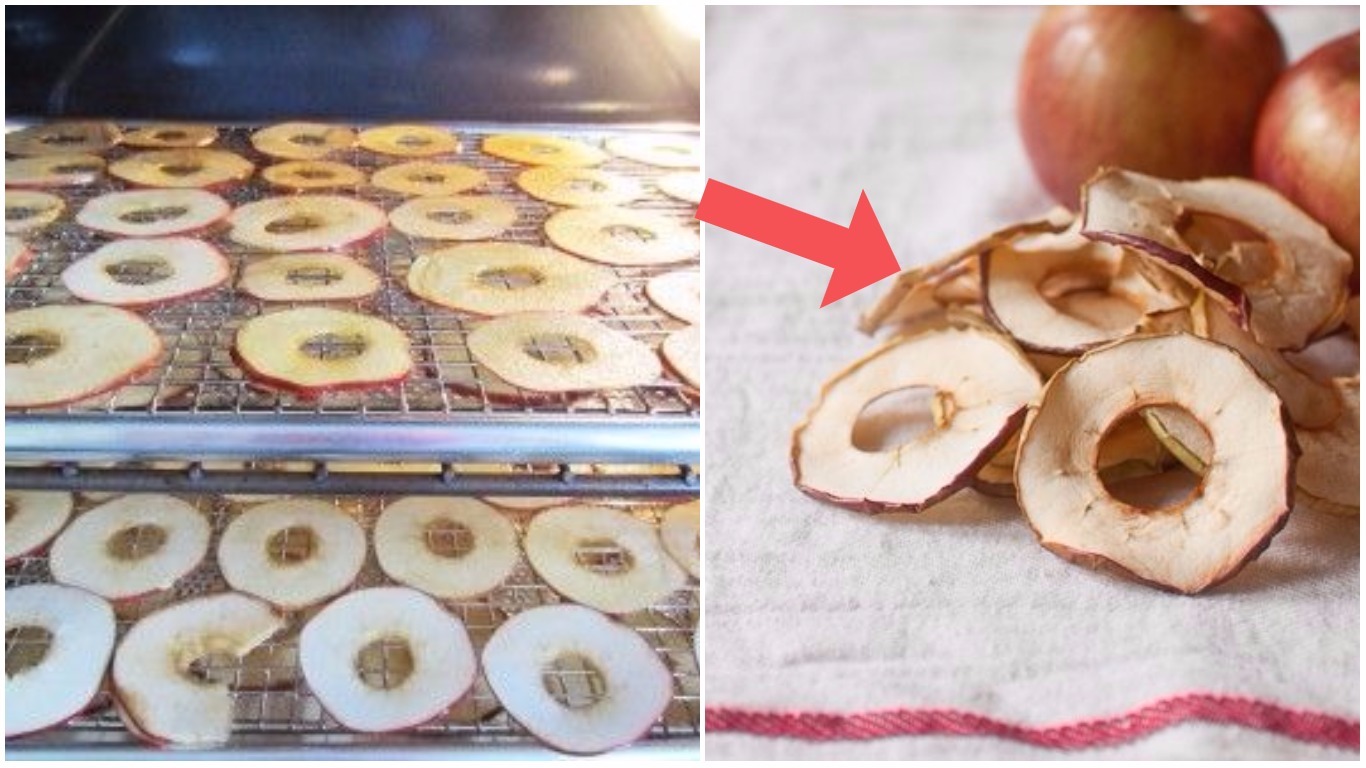Table of Content
After the flowers have faded, cut the stalk at the point where it emerges from the bulb. Keep the plant inside and continue to provide plenty of light or the leaves will be floppy. Water it regularly when the soil begins to feel dry, but it is not necessary to fertilize your amaryllis during this time. Place the pot indoors in a sunny window and keep the soil evenly moist. Once the flower stalk emerges, turn the pot every few days so it will grow straight and not bend toward the window.
Many cut flowers feature lovely long stems that require some type of support. It takes a bit of time to provide this support when setting up the garden, but it’s well worth it as it saves time throughout the growing season and yields beautiful results. Vegetables need strong, full sunlight, so choose the sunniest part of your yard to create your vegetable garden.
Oxalis is a landscape scourge, and getting rid of it will take time and effort: Dan Gill explains how
Simply put some glue on the inside of the piece that’s supposed to fit over the bottom piece and slide it into place. To make sure it’s sealed, you can place some masking tape all around the join. Keep in mind that there’s more than one design when it comes to reusing plastic bottles. In this method, we’ll be making a plastic vase that resembles a ceramic vase. You can view the video that shows how to make it too.
You should now be left with something that resembles the top of a vase. If you like, you can shape the top of the vase to create a fluted effect. Use a glue gun to glue the two narrow parts of both bottles together to finish the vase look. Add smaller flowers and textural elements in the arrangement to fill around the focal flowers. Again, don't place all of the supporting flowers straight up or to the sides.
Take Care Of Your Flower Garden
Starting a garden is one of the most rewarding things you can do. Plant fragrant florals or start a vegetable garden (or both!), and everyone can benefit from getting their hands a little dirty. But if you're new to gardening, it can be difficult to know where to start. Still, it doesn't have to be complicated; when you break your project down into manageable steps, you can ease into gardening at your own pace. And soon you'll see the rewards of your efforts with beautiful views, delicious flavors, and colorful blooms. These steps will help you get started from scratch, but if you have something particular in mind, you could also use a garden plan to guide your design.

Once you've decided on your flower garden's design, shape, and size, it's time to put your plant research into action. Decide on show-stopping plants you want for a focal point, flower sizes, year-round interest, bloom time, and color combinations. Also, consider bonus attributes such as fragrance and whether the flowers attract butterflies, hummingbirds, and other pollinators.
What are the best annual flowers and perennial flowers for your garden?
However, there are some easy steps that you can take to get your beds ready to be planted. Finish the design with floaters or delicate blooms like baby's breath, sedum, or yarrow. Put these in last so they don't get squished or buried by heavier blooms. Before displaying, give your finished flower arrangement a light spritz of water to mimic the look of fresh dew, Moss suggests. Refill the vase with water as needed to keep the flowers hydrated and fresh.
Somehow roses got a bad rap for being difficult to grow, but the opposite is actually true. While you may never grow an award-winning tea rose, most rose bushes will thrive in almost any garden environment. Find out where you fall in the USDA Hardiness Zones database.
Think about which vegetables you'd like to eat each season that also grow in your climate. Most vegetables grow well in a variety of different climates, but it's a good idea to learn what grows best in your region's garden zone before deciding what to plant. Creating a vegetable garden is a fun and rewarding experience. Grow delicious vegetables your family likes to eat. Find the best place in your yard to plant vegetables and with a little time and care, your dinner table will overflow with healthy, ripe vegetables.
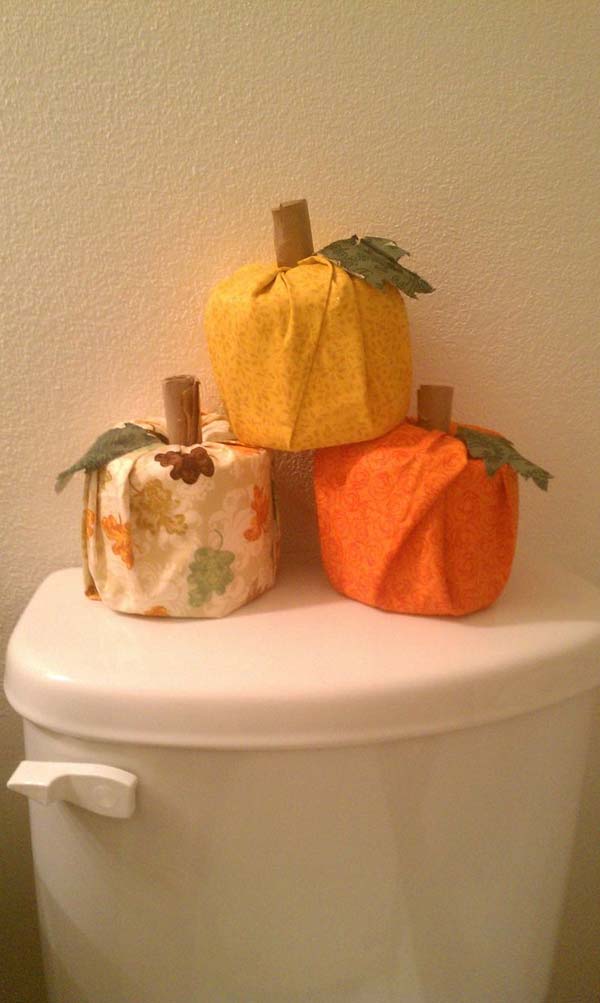
Turn the soil over to a depth of at least 12 inches. To create an idea board, sign in or create an account. You can further decorate your pot by gluing on beads, mirror shards and any other decoration you can think of.
Make sure to score the bottom of the body of the pot where the base will be attached. Put a bit of slip on the rim and fit it over the markings you created with the mould. Start by picking up the rectangular piece for the side. Place it around the prepared mould pot and figure out where the ends meet on the pot.
If you wish to cultivate bog plants but don't have a natural depression that collects water, create one by sinking a plastic kiddie pool into the ground. A pond liner can also serve as a bog garden beginning. Disguise the edges with rocks, and fill the bottom with peat moss and sand. Like a little ray of sunshine, a rain garden or bog garden brightens up a soggy spot. When planning a bog garden, consider plants that love both full sun and wet soil, like the stunning candelabra primrose pictured here.
The best flower gardens are all about planning though. So find out the main things you need to know and our pick of the best flowers to grow, as well as our answers to the most commonly asked questions. And if you want to know more about flower bed ideas you're in the right place. As the vegetables take and begin to sprout, take notice of non-vegetable plants that may also be taking advantage of the fertilizer and water you're providing. Grasp the weeds close to the roots and gently pull them out, then throw them away in an area away from the garden so their seeds don't spread.
When I moved to my new house my Dad (he's a farmer) came over and plowed a space for a vegetable garden. Over two years, I added compost three times and my soil has visibly improved. Now that the vegetable garden is in decent shape, I am concentrating on adding more compost to the flower beds around the porch.
Some weed and feed products can damage roots below the soil if applied incorrectly. Over the fall and winter the newspapers will block out all light, which will kill the vegetation. The newspapers will also decompose over several months and come spring you will have a nice layer of compost that you can turn over into the soil. This method is completely organic and will help improve your soil while killing existing vegetation. However, if you’ve never tried getting your hands dirty with soil, starting your flower garden may seem overwhelming at first. Lots of questions may be running through your mind, especially since you don’t know where or how to begin.
If you add organic matter in the fall, it isn't necessary to add more in the spring. However, if you have poor soil adding compost twice a year can help improve the soil much more quickly. Remember that this organic matter gets used up each year and needs to be replenished to keep plants performing their best.

